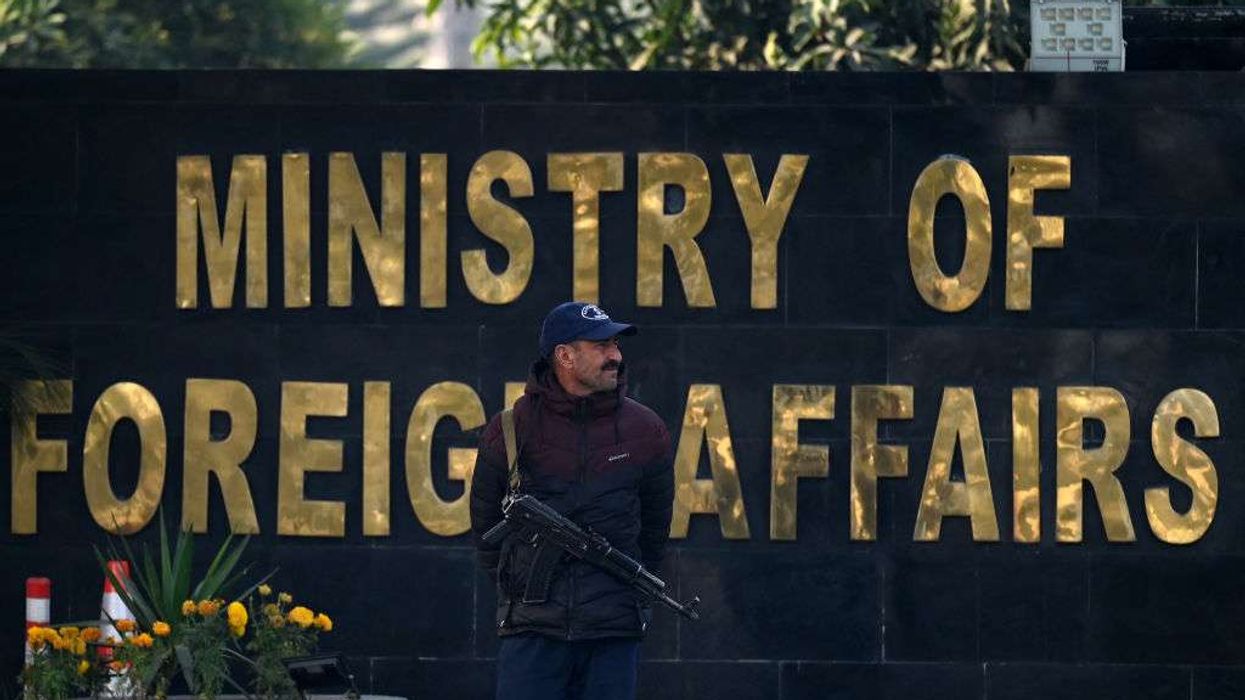by SUNNY DOSANJH
THE mental health of military service men and women returning from conflict is a hidden phenomenon which is not addressed by a medical professional until it is too late.
One of the main reasons is that the Ministry of Defence and NHS do not always work together. This is a public health issue in the UK.
In the United States, Veterans Affairs and affiliate health care providers face a range of issues related to sharing of medical records, patient privacy and diagnosing symptoms related to mental health issues.
According to Shelter and the Government’s Social Exclusion Unit one in four homeless people are former members of the armed services.
Thousands live rough or in sheltered accommodation. Many abuse drugs and alcohol. Returning armed services personnel often end up on the streets or with severe mental health problems.
In the United States, 22 veterans commit suicide each day and the majority are homeless, in treatment facilities or lack the support services required to help them out of their downward spiral.
According to the Ministry of Justice, Veterans represent between four and five per cent of the UK prison population, raising concerns about the impact the Afghanistan and Iraq campaigns on mental health issues in the armed forces.
Research by the US Department of Veterans Affairs showed that female Veterans involved in the justice system have a high burden of mental health disorders (88 per cent) and more than half have substance use disorders (58 per cent).
The corresponding figures for male veterans are 76 per cent and 72 per cent, respectively.
Social stigma associated with Post Traumatic Stress Disorder (PTSD) and Traumatic Brain Injuries (TBI) has caused veterans to hide and isolate from society.
This behaviour of isolation impacts their ability to communicate rationally and leads to dangerous situations in the home, workplace and society in general.
Often, we see children who are effectively part-time care givers. It affects everyone. We have to educate and integrate those Veterans who have faced life and death situations in active military service with a pathway back into society.
As a Veteran who has faced these challenges firsthand, I’ve experienced the negative repercussions of not being aware of the available services.
This lack of awareness and thoughts that the country, family and society don’t care caused me to withdraw and isolate fr-om everyone.
Eventually, it led me to losing my family, home, career, health and becoming another statistic as a forgotten veteran.
If we focused on prevention, we could help veterans before it’s too late.
This approach would be more cost effective by reintegrating Veterans into becoming productive members of society rather than ending up in the criminal justice system.
We need to have real job and education opportunities for those who return from military service.
With all the recent increase in gang violence across the UK, we could have military veterans as paid personnel to mentor and support young people.
They have learnt skills and have life experiences which young people may find really
interesting.
Also most veterans are very disciplined, they could certainly teach young people a thing
or two.
Sunny Dosanjh is a veteran of the United States Air Force and is currently an American and Royal British Legionnaire. As an American Legionnaire of Post 419 in Santa Clara California, he serves as Chaplain, Service Officer and Captain of the Santa Clara County Honor Guard. Dosanjh is a member of the Isleworth Branch of the Royal British Legion and is helping bring awareness to Veterans suffering from PTSD.

















Sunny Dosanjh: Attention must be focused on mental health of military personnel